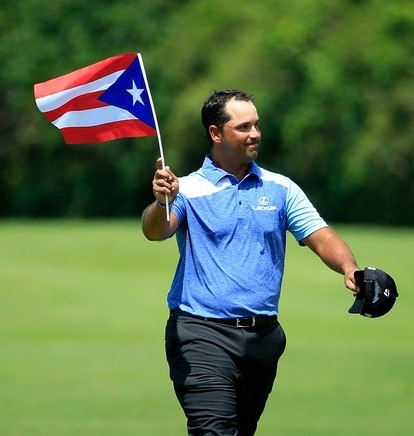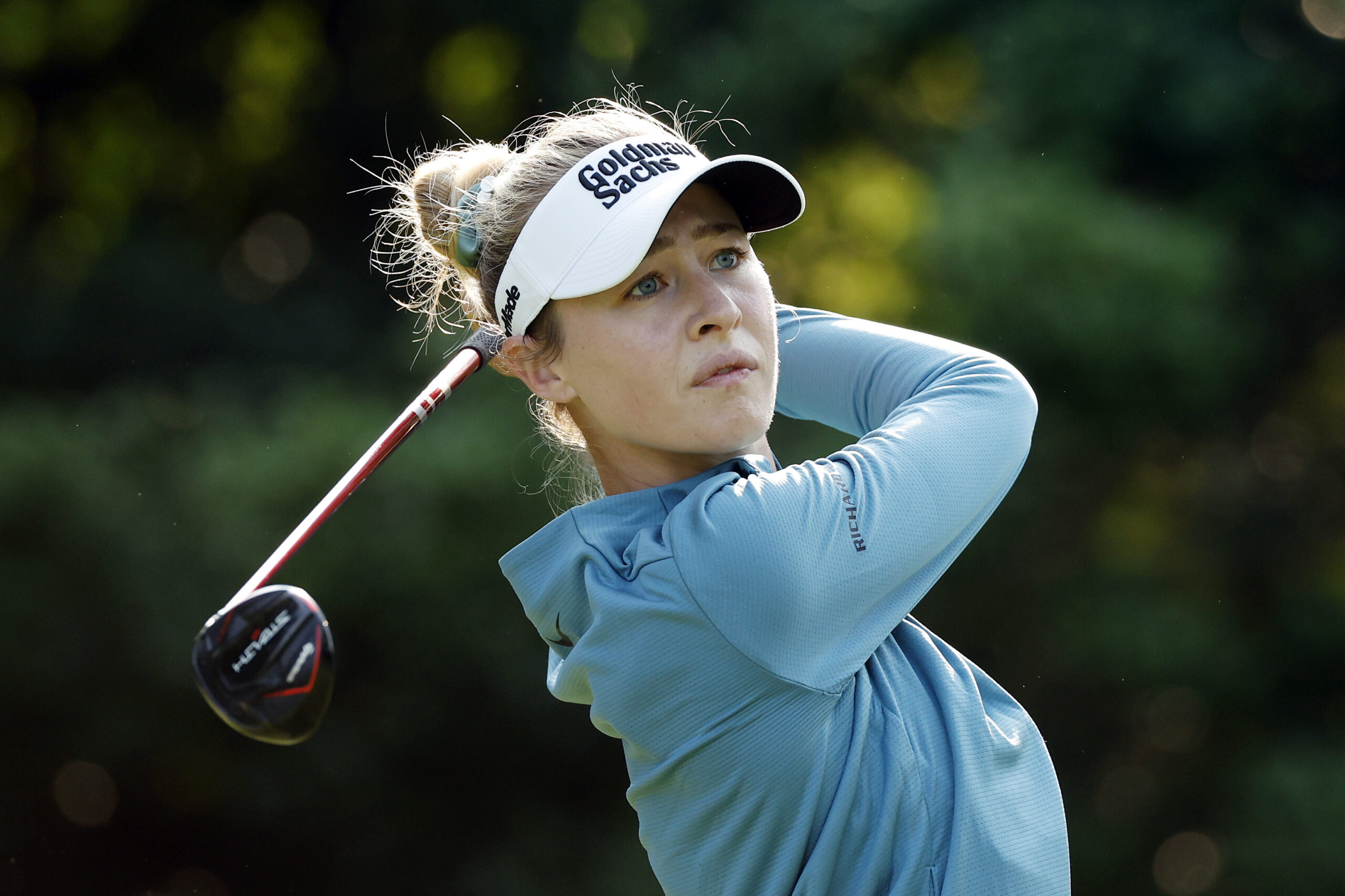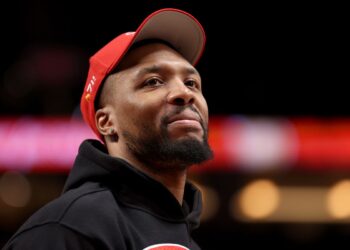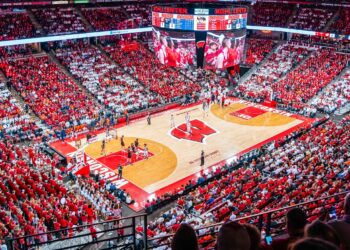By: Julio Olmo
Immediately after receiving congratulations for winning The Puerto Rico Open, Viktor Hovland was asked the awkward question, but it had to be asked nevertheless:
So, how are things going down here (In Puerto Rico)?
Awkward because no answer can encapsulate what has been happening in, and to, Puerto Rico.
Hurricanes, landslides, earthquakes. Widespread poverty, unpaid insurance claims, its own country withholding emergency relief aid.
Protests over the summer that led to the Governor’s resignation, protests last month asking the same fate of his successor.
Derek Olivares who is part of a service crew at the Puerto Rico Open fan zone, responds impassively that, yes, it is an odd time.
With all of this uncertainty, it is weird that a Golf Tournament was even held.
“This is our time to talk to the world. Tourism is big. We also have to be heard, our cries for help heard. We want someone to listen,” Derek Olivares.
It is fair to wonder what the PGA Tour was doing in Puerto Rico.
At its heart, though, the PGA Tour always sides with loyalty and was determined to fight all of the bad narratives about the island.
To understand why the Tour hasn’t left, you must understand The Code.
“No Soldier Gets Left Behind!”
As the Tour and its partners constructed its revamped schedule for the 2018-’19 season, the Puerto Rico Open’s future was ambiguous, at best.
Established in 2008 as an opposite-field event to the old WGC-Cadillac Championship, the Puerto Rico Open did OK in attendance but struggled to obtain a title sponsor.
While a final decision was never in place, sources brought the option of scrapping the event.
Hurricane Maria hit Puerto Rico with brutal devastation in late September of 2017, and it seems imminent Puerto Rico’s run as a Tour host seemed to be done.
“It was like a foregone conclusion,” said PGA Tour Pro Rafael Campos, a native of San Juan. “Everything was in ruins. Considered another loss to the storm.”
The Tour, however, was adamant that it wasn’t leaving Puerto Rico.
Not now, against the challenges and everyday Hell the island is facing.
Commissioner Jay Monahan declared the event would be played as a charity pro-am in 2018 and re-upped its official status for the 2019 and 2020 seasons.
“Our hope is that this special event in 2018 will benefit Puerto Rico’s recovery efforts to the fullest extent,” Monahan said at the time, “while reminding the world that Puerto Rico is a premier golf and travel destination.”
Monahan’s words would become the battle cry of this championship.
The Puerto Rico Open raised $2 million for charity, to say nothing of spurring the game in a place where it was relatively dormant.
The junior events and programs which came from the event weren’t available before.
According to Manuel Laboy, secretary of the department of economic development and commerce Puerto Rico, the tournament was very determined on its’ agenda.
“Around the globe, Puerto Rico is considered a pile of rubble,” Manuel Laboy said, “That is a creation. We hear it even here, too, from our media. The event gave us a chance to show we are back, fully. That we are open for business, and to show who we are.”
Laboy’s comments are supported by truths. A census study found less than 50 percent of Americans knew Puerto Rico was a part of the United States before the hurricane.
As if things weren’t bad enough, in January, a 6.4 magnitude earthquake decimated houses, schools, churches, and restaurants.
From a distance, the southern displaced Puerto Rican population looks as if they’re on festival grounds, dotted with camping tents and temporary pavilions.
Up close, it’s apocalyptic.
Those who aren’t homeless are sleeping in camps or cars, outside their properties, afraid of being buried alive.
There were multiple tremors before the big one hit. They are waiting, afraid. While the frequency and intensity of aftershocks are expected to subside, the U.S. Geological Survey reported Puerto Rico will likely experience tremors on a weekly basis for years to come.
Destroyed buildings are only part of the surreal landscape. A wild horse strolled across a parking lot. Stadiums, fields, and parks have been turned into refugee sites.
There were lines at restaurants still open, not necessarily for food but to use bathrooms. Some of the harder-hit streets are blockaded with cement slabs.
FEMA has erected several emergency centers, with charities like World Central Kitchen and Water Mission also setting up hubs. But during the afternoon, they were mostly empty. For good reason.
The victims are not feeling sorry for themselves. They are clearing out debris, at normal jobs, helping their neighbors. They are not sitting around, waiting to be helped.
To simply judge the optics of a Golf Tournament being held during a crisis was very wrong.
No resources were diverted from the victims to the Puerto Rico Open, something tournament officials made certain.
“We can simultaneously host a world-class event with the highest capabilities while also having the sensitivity and sensibilities to care for our brothers and sisters in the southwest part of the island,” Manuel Laboy.
He added what the week of the Puerto Rico Open stimulated the economy and put the island on track to return to normalcy.
Rafael Campos was acting as the tournament’s host for the week, but he was not playing. He missed the event for the first time in the tournament’s history, sidelined with an injury.
The Tour approached him about the ambassador position, and after marinating on it, he accepted the role.
“Obviously, I want to play. I’ve played well here,” Campos says, alluding to a T-10 in 2017 and T-8 in 2016. “However, I have said since [Hurricane Maria] that I will do anything for the island, and it’s a responsibility and honor to be asked.”
If it was meant to be a ceremonial title, however, Campos did not treat it like one. He ran multiple youth camps, tapped segments for the Golf Channel about Puerto Rico, taken fellow pros around the island to show them how it has bounced back. And after years of petitioning, Campos got The First Tee to open a chapter in Puerto Rico.
“There are many talented kids in this area, very good. For them it’s a matter of opportunity,” Campos says. “This is the start in making those opportunities more than one-day clinics. It took us a year to get back from (Hurricane) Maria, and what happened with the earthquakes is a tragedy. This tournament is about the good of Puerto Rico. We for once can control a message of hope.”
Hope. That has been in short supply for Puerto Rico.
Thanks, to the PGA Tour organizers for looking after my people.


 NFL
NFL





